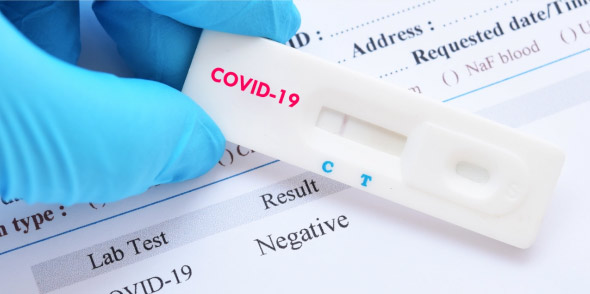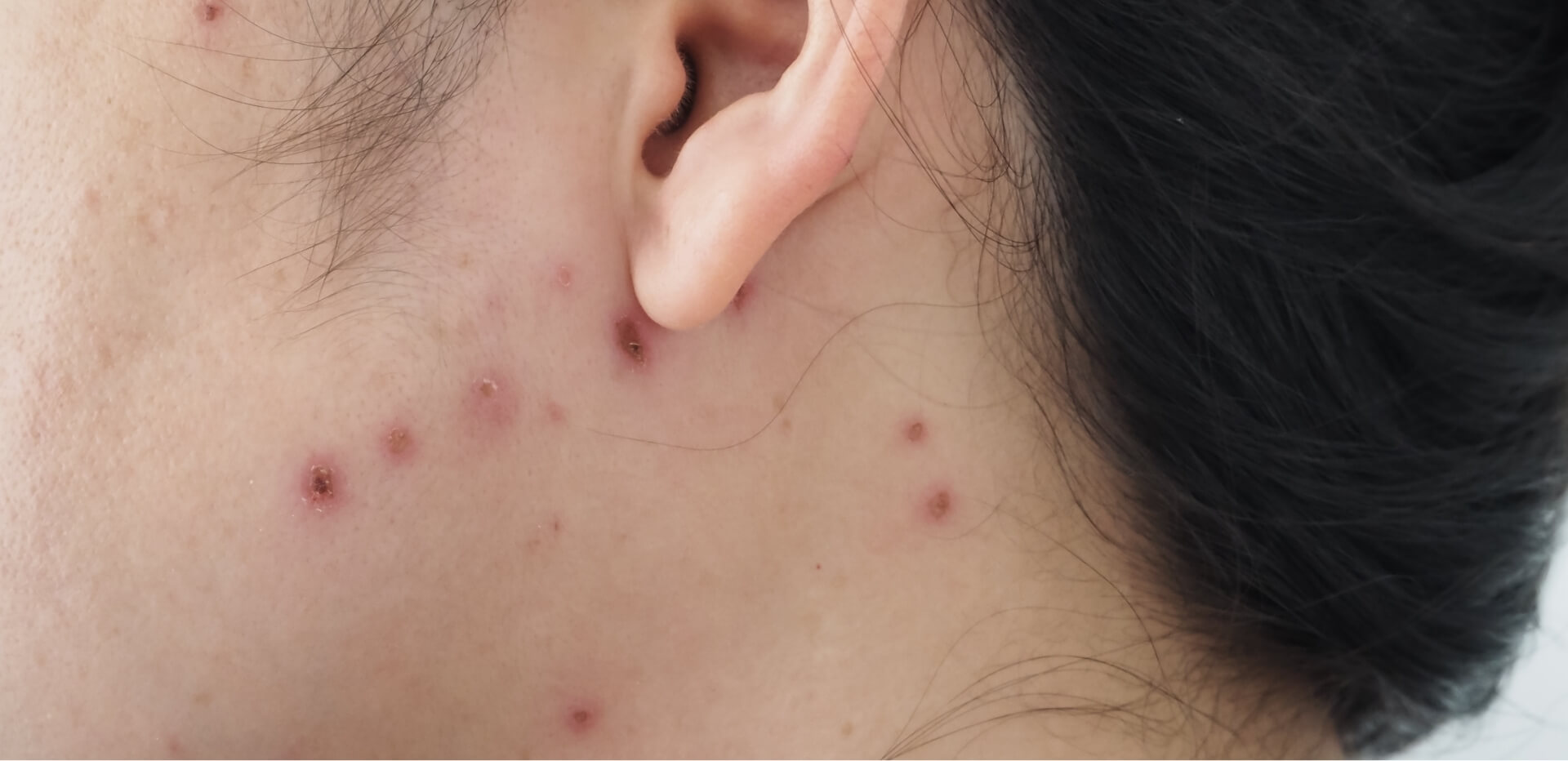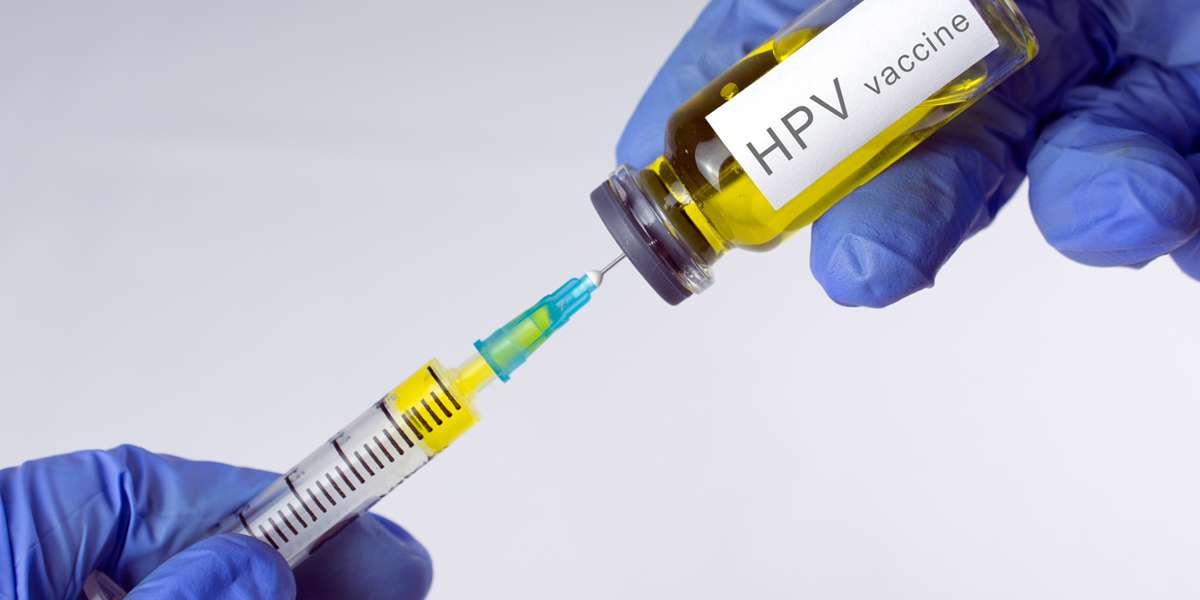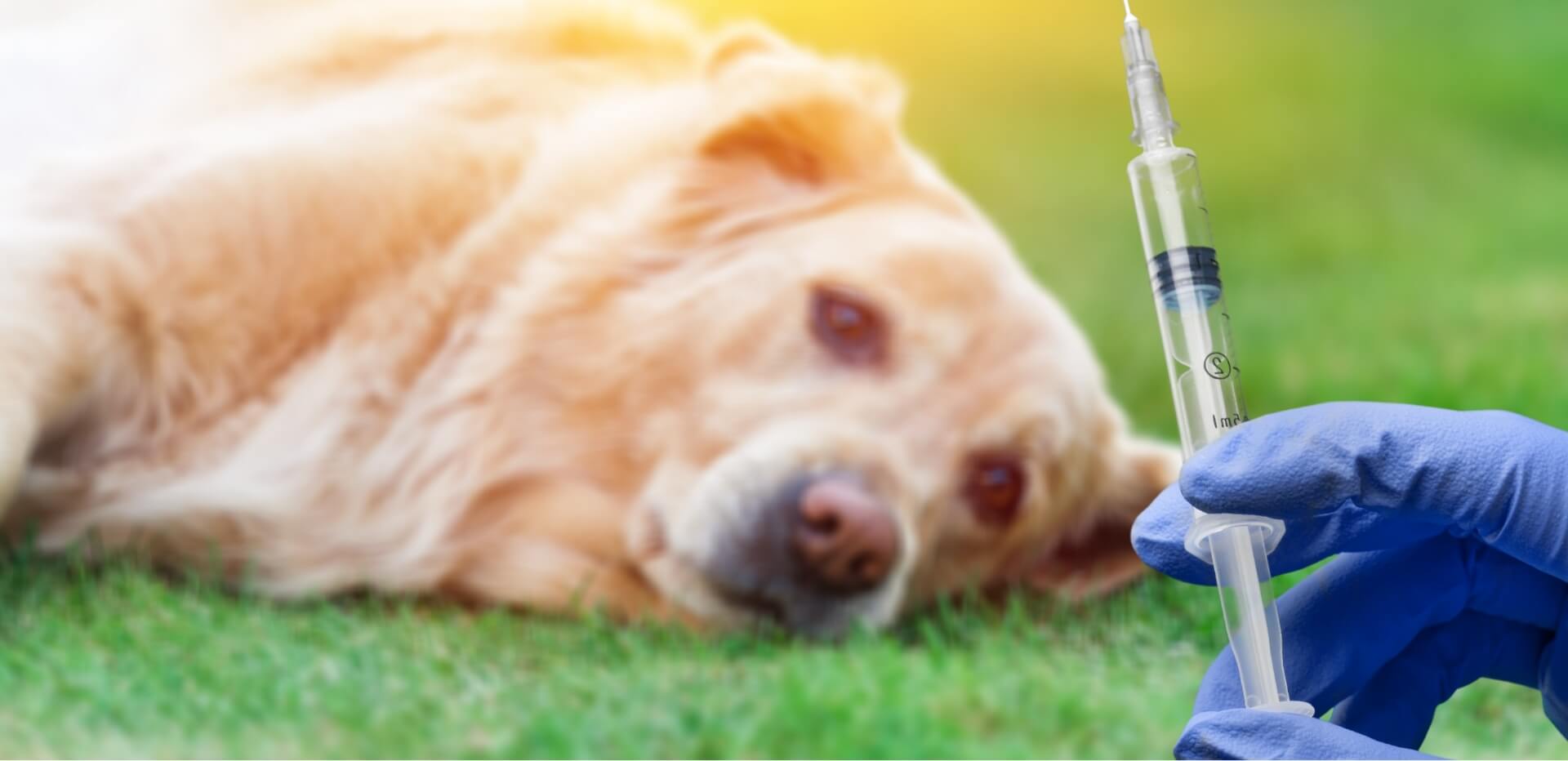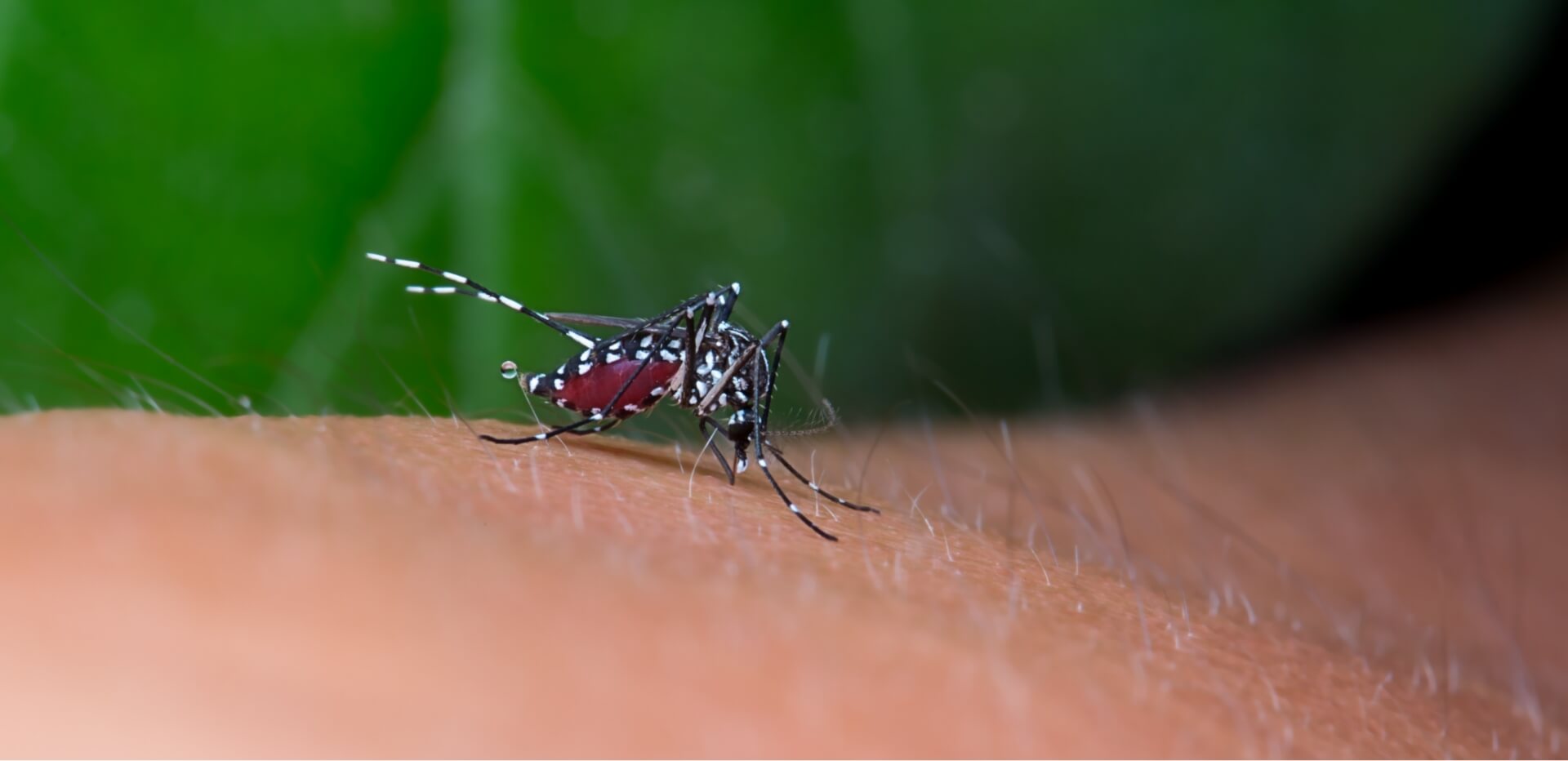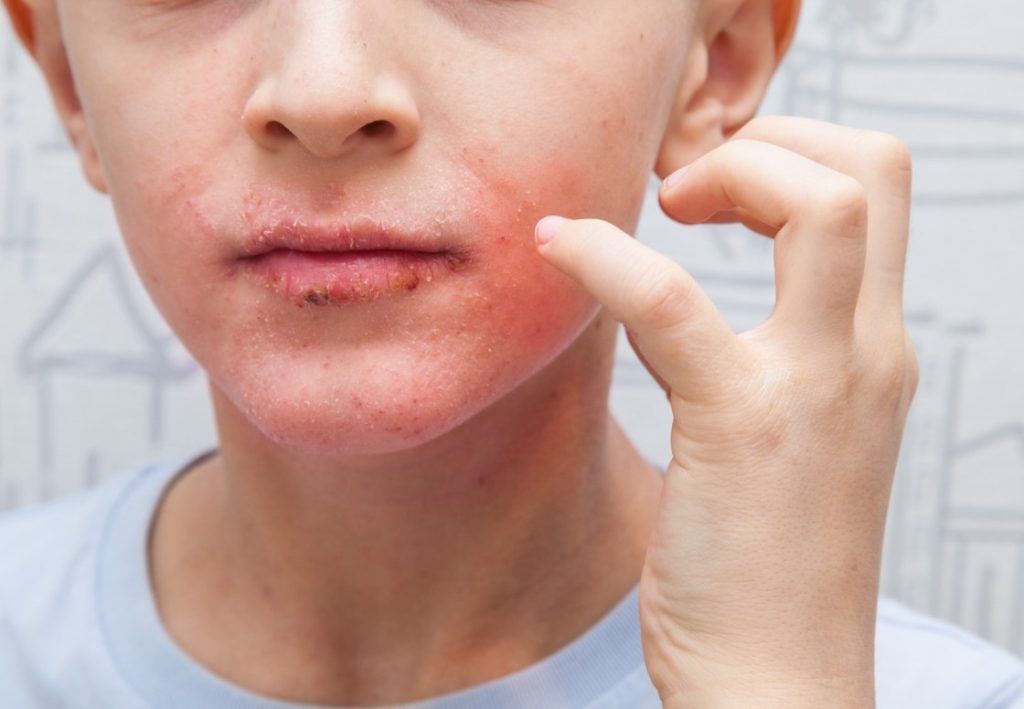Impetigo is a highly contagious bacterial skin infection most commonly seen in young children, although it can affect individuals of any age. This infection is caused by either Staphylococcus aureus or Streptococcus pyogenes bacteria. Characterised by red sores, blisters and honey-coloured crusts, impetigo is not only uncomfortable but also aesthetically concerning.
Early detection and treatment are important to prevent the spread and complications of impetigo infection. This article explores the early warning signs of impetigo, its causes, transmission and prevention strategies.
Impetigo: An Overview
Before learning the early warning symptoms, it’s essential to understand what impetigo is and how it affects the skin. Impetigo primarily affects the superficial layers of the skin and is categorised into two main types: non-bullous impetigo and bullous impetigo.
- Non-Bullous Impetigo: This is the most common form, accounting for about 70% of all cases. It starts as small red sores, typically around the nose and mouth, which quickly rupture, ooze and then form a yellow-brown crust.
- Bullous Impetigo: Less common, this form is characterised by larger blisters filled with a clear or yellow fluid. These blisters can appear on various parts of the body, including the torso, arms and legs and do not crust over as the non-bullous type does.
Early Warning Signs of Impetigo
Recognising the early signs of impetigo can lead to prompt treatment, reducing the risk of complications and spread. Here are the key early warning signs of Impetigo to look out for:
Red Sores or Spots
The initial signs of impetigo often include small red sores or spots on the skin. These sores may appear anywhere on the body but are most commonly found around the nose and mouth. In infants, the diaper area is also a frequent site.
Blisters
Small, fluid-filled blisters can form on the skin. In non-bullous impetigo, these blisters are often so tiny that they can go unnoticed until they rupture. In bullous impetigo, the blisters are more prominent and can grow quite large.
Oozing and Crusting
As the sores and blisters break open, they release a clear or yellowish fluid. This fluid then dries, forming a distinctive honey-coloured crust. This crust is one of the hallmark signs of impetigo and can cover the sores completely.
Itching and Discomfort
The affected areas are usually very itchy, leading to scratching, which can further spread the infection. The skin around the sores may become red, inflamed and sore.
Swollen Lymph Nodes
In some cases, the lymph nodes near the infected area may become swollen and tender. This is a sign that the body is responding to the bacterial infection.
General Discomfort and Fever
Though less common, some individuals, particularly children, may experience mild fever and general malaise. This systemic response is more likely in cases where the infection is more widespread.
Causes and Risk Factors of Impetigo
Impetigo is primarily caused by two types of bacteria: Staphylococcus aureus and Streptococcus pyogenes. These bacteria can enter the skin through small cuts, insect bites or other skin injuries. Several factors can increase the risk of developing impetigo:
- Age: Children between the ages of 2 and 5 are most commonly affected due to their frequent close contact with other children and less developed immune systems.
- Close Contact: Impetigo spreads easily in settings where people are in close physical contacts, such as schools, daycare centres and sports teams.
- Warm, Humid Conditions: The bacteria thrive in warm, humid environments, making impetigo more common in the summer months or in tropical climates.
Existing Skin Conditions
Individuals with other skin conditions like eczema or dermatitis, which cause breaks in the skin barrier, are at a higher risk. Inadequate handwashing and overall poor hygiene practices can facilitate the spread of the bacteria.
Impetigo is highly contagious and can spread through direct contact with an infected person or by touching contaminated objects like towels, clothing or bedding. The bacteria can also spread by scratching the infected area and then touching other parts of the body or other people. This ease of transmission highlights the importance of early detection and treatment for impetigo outbreaks.
Prevention Strategies for Impetigo
Preventing impetigo involves a combination of good hygiene practices and prompt medical intervention. Here are some effective strategies to reduce the risk of contracting or spreading impetigo:
- Regular Handwashing: Frequent handwashing with soap and water is one of the most effective ways to prevent the spread of bacteria. Encourage children to wash their hands thoroughly, especially before eating and after playing outside.
- Keeping Wounds Clean and Covered: Clean any cuts, scrapes or insect bites promptly and cover them with a clean bandage to prevent bacteria from entering the skin.
- Avoiding Shared Personal Items: Do not share personal items like towels, washcloths, clothing or bedding with others, especially if someone in the household is infected.
- Maintaining Clean Environments: Regularly clean and disinfect surfaces and objects that are frequently touched, such as door handles, toys and bathroom fixtures.
Get Effective Relief for Impetigo—Book An Appointment today!
Early recognition and treatment of impetigo are essential to prevent the spread of this highly contagious infection and avoid potential complications. By being aware of the early warning signs—such as red sores, blisters, oozing and crusting—individuals can seek prompt medical attention and implement effective hygiene practices.
We offer quick and convenient access to NHS healthcare for common conditions like impetigo without visiting GPs. Our expert pharmacists provide advice, treatment and support, ensuring you get the care you need without the wait. Book a consultation at Touchwood Pharmacy. Get the help you need, when you need it, right at your local pharmacy.




